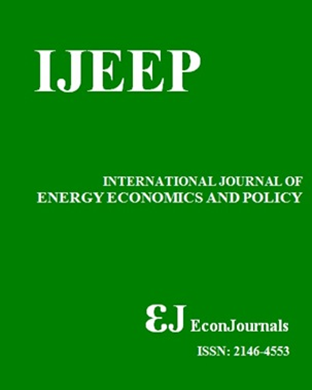From Commitment to Sustainability: GIC’s Role in Carbon Emission Mitigation
DOI:
https://doi.org/10.32479/ijeep.19293Keywords:
Top Management Green Commitment, Sustainability, Green Intellectual Capital, Carbon Emission MitigationAbstract
Climate change and its negative environmental impacts have prompted many companies to adopt more environmentally friendly policies, including carbon emission mitigation. In this context, Top Management Green Commitment (TMGC) is a key factor in encouraging companies to integrate sustainability practices focusing on carbon emission reduction into their business strategies. This study aims to analyze the role of TMGC in supporting carbon emission mitigation and sustainability, the impact of GIC in reducing carbon footprints to create sustainability and to understand how Green Intellectual Capital (GIC) can mediate the relationship between TMGC and sustainability.This study involved 220 respondents from energy and manufacturing sector companies in Indonesia, with analysis using PLS second order to test the relationship between variables. The study results indicate that TMGC significantly encourages carbon emission mitigation practices that contribute directly to sustainability. GIC has been proven to significantly affect sustainability and mediates the impact between TMGC and sustainability.The study's findings generally support the Upper Echelon Theory (UET), which states that top management's strategic decisions are influenced by their commitment to sustainability. The study also supports the Natural Resource-Based View (NRBV) theory, which emphasizes the importance of GIC in creating sustainable competitive advantage. TMGC and GIC are important elements in reducing carbon emissions and increasing long-term sustainability for companies.Downloads
Downloads
Published
2025-06-25
How to Cite
Cahyati, A. D., Lestari, T., Mulyasari, W., & Indriana, I. (2025). From Commitment to Sustainability: GIC’s Role in Carbon Emission Mitigation. International Journal of Energy Economics and Policy, 15(4), 310–322. https://doi.org/10.32479/ijeep.19293
Issue
Section
Articles




